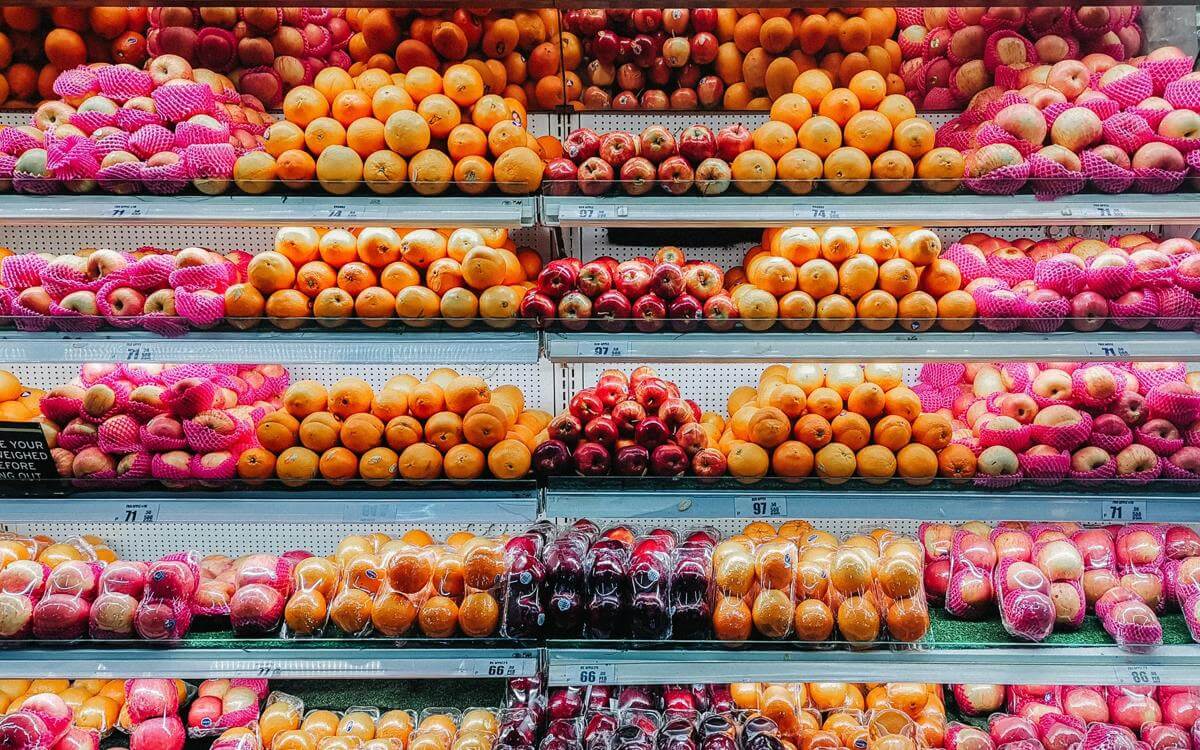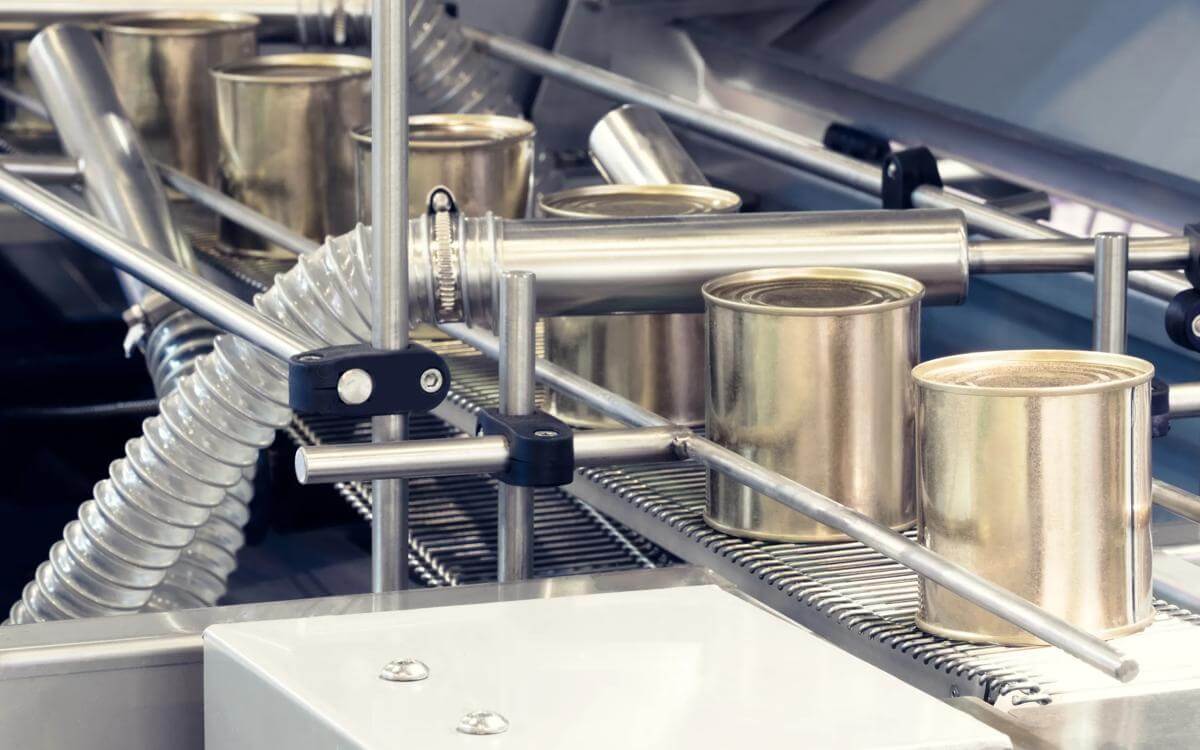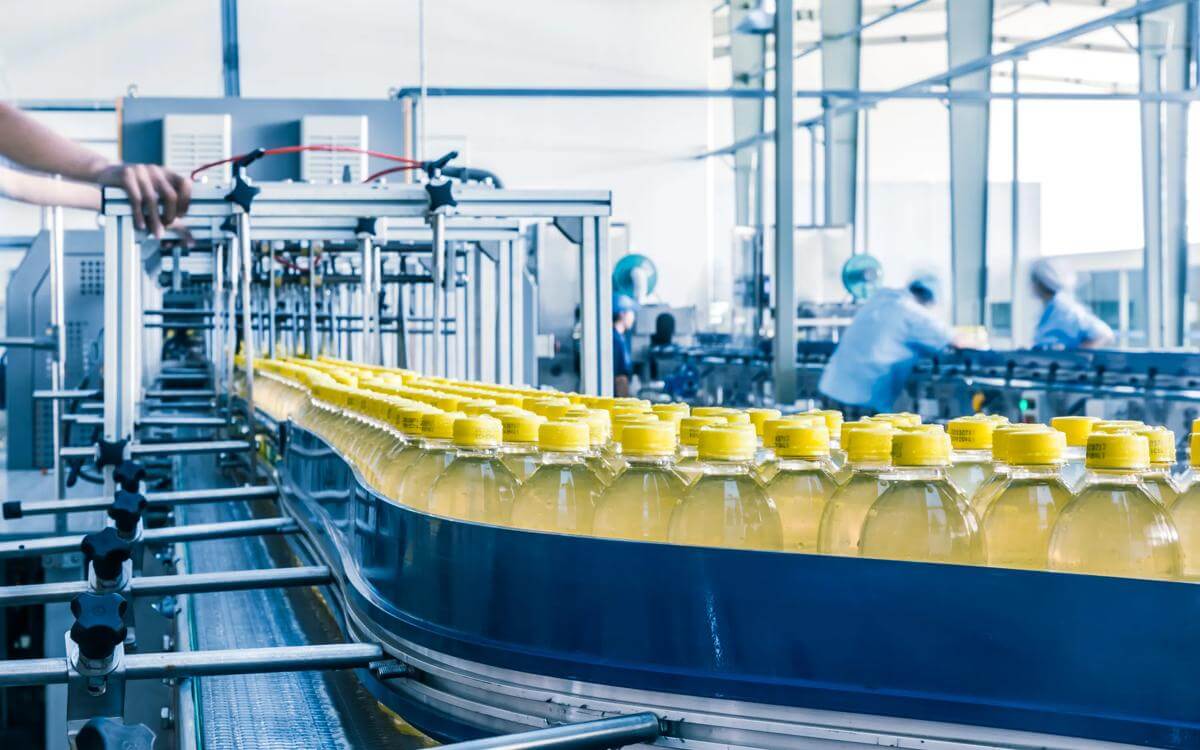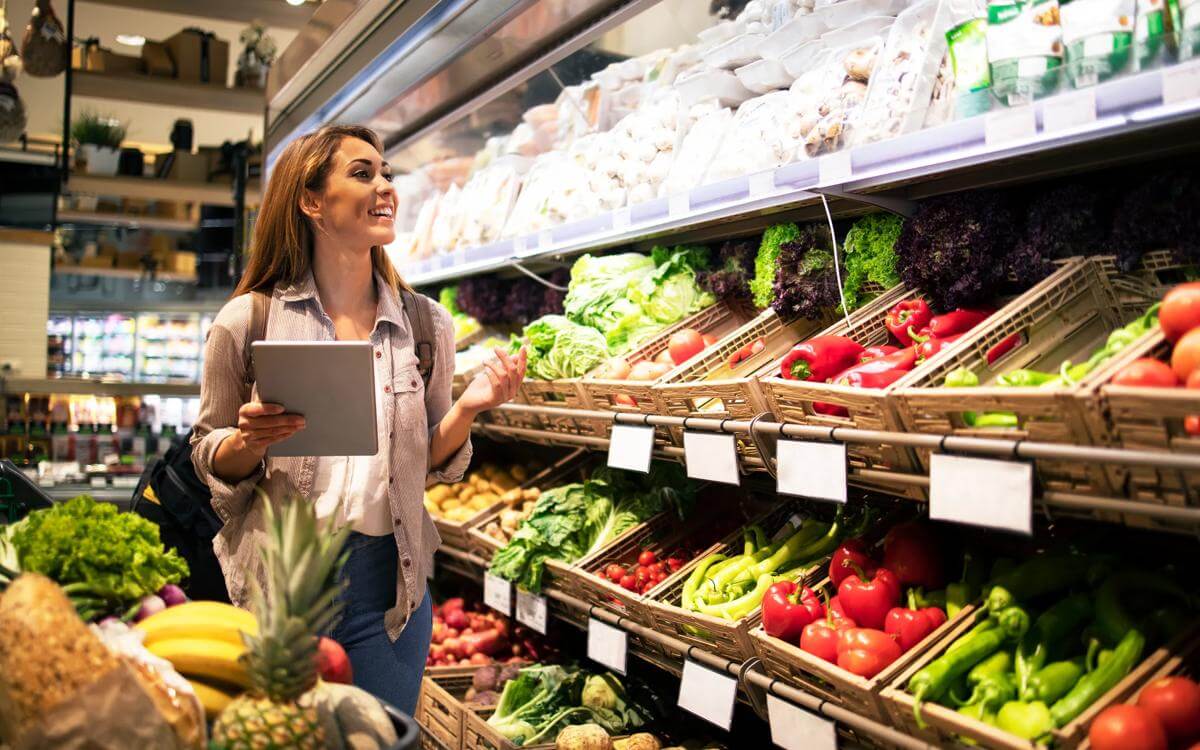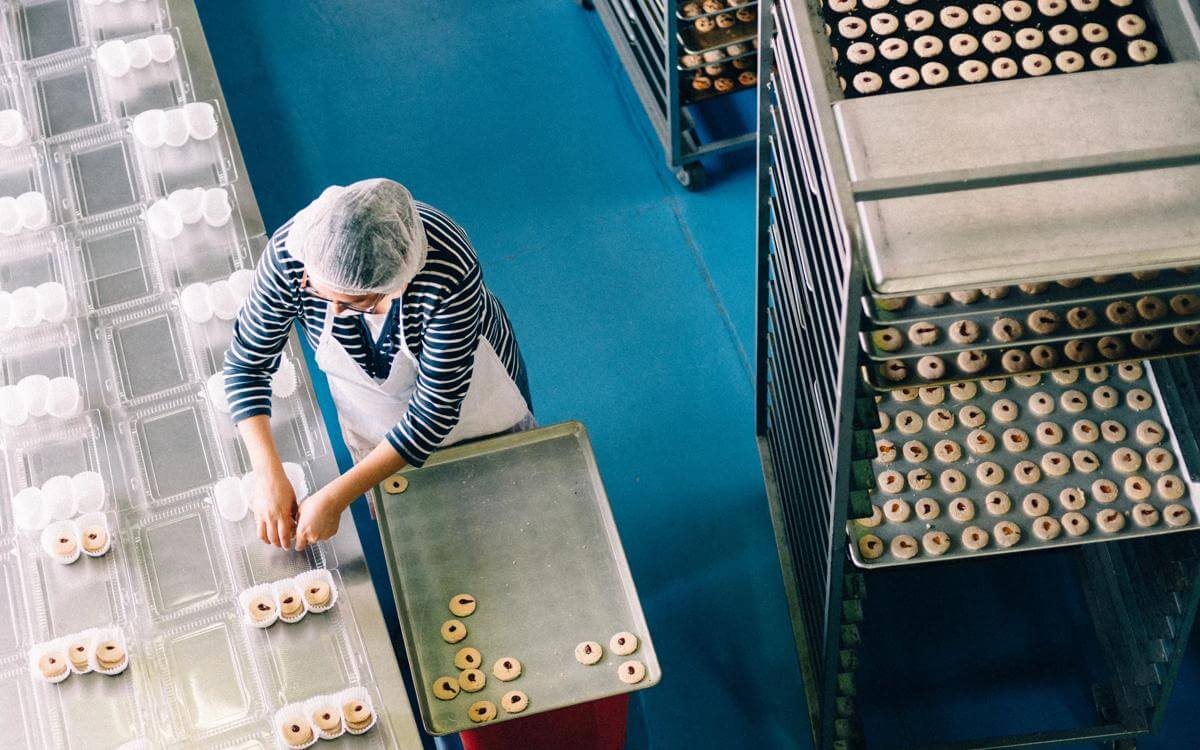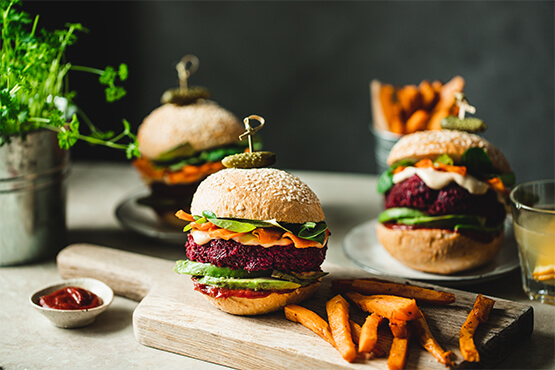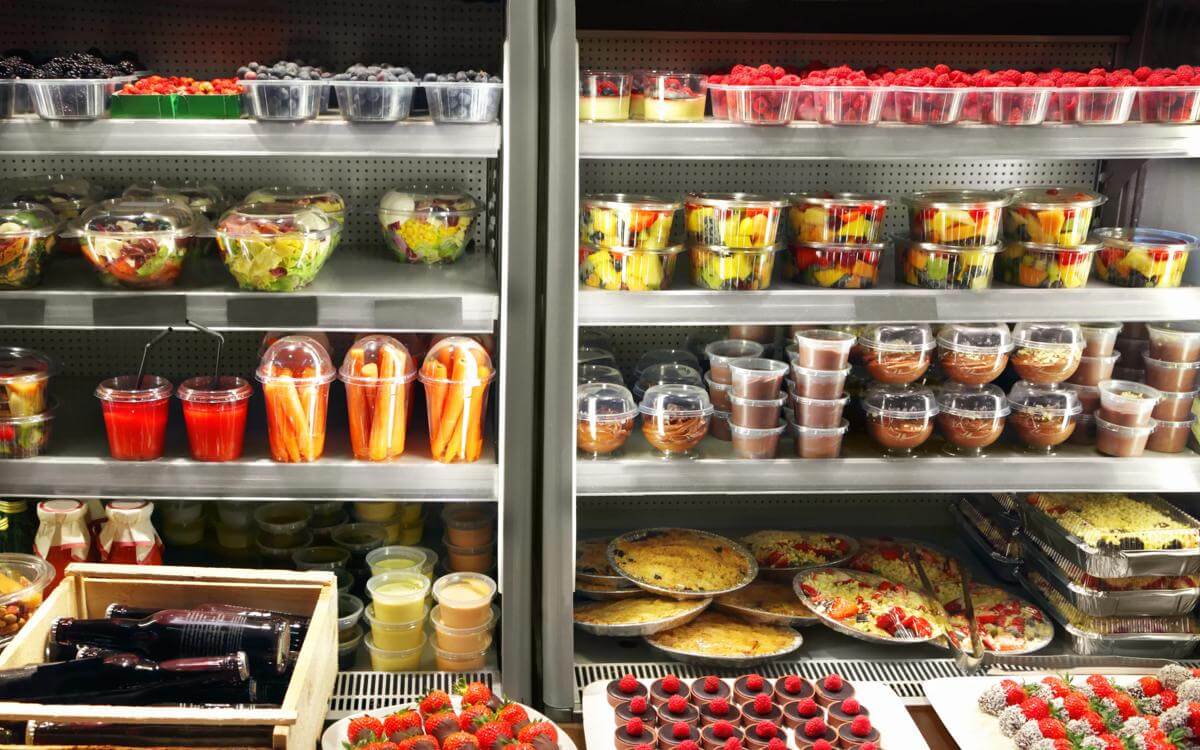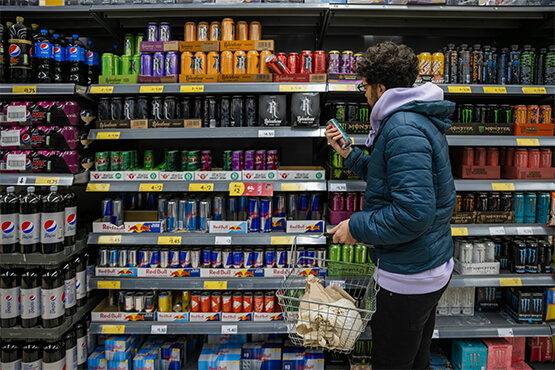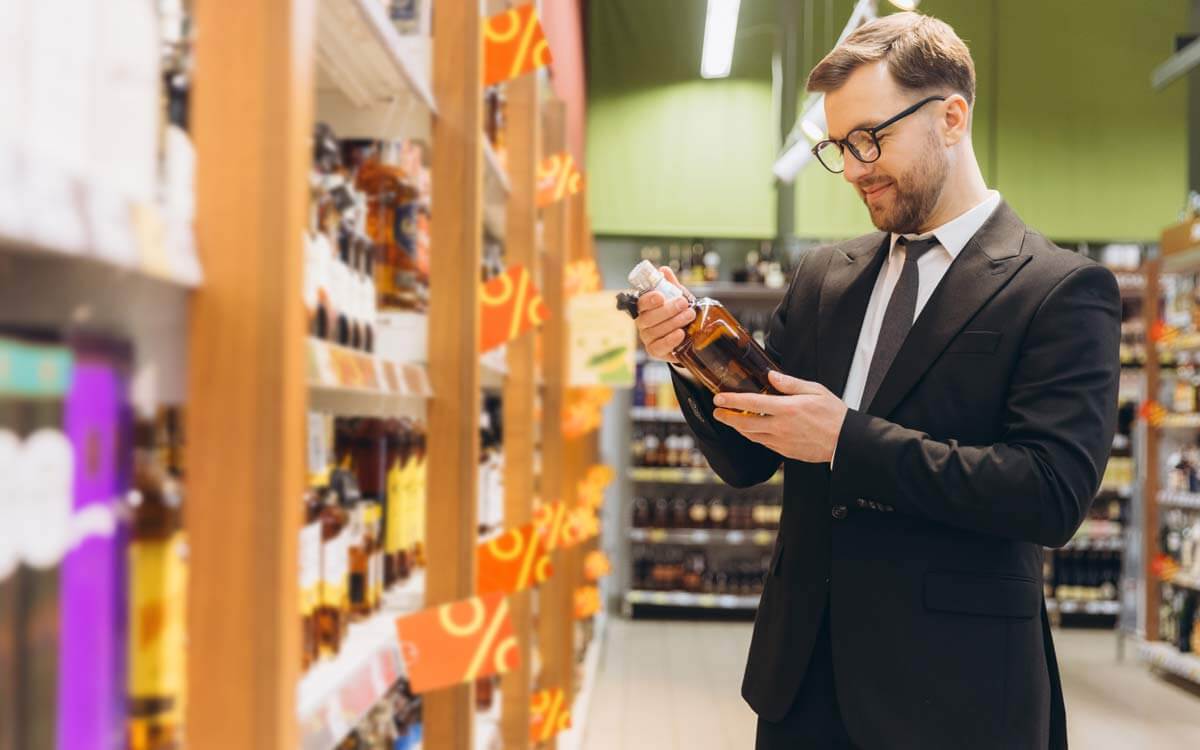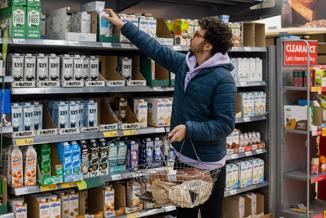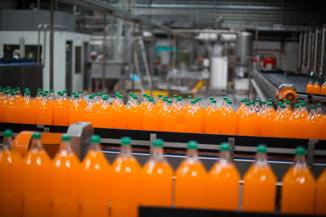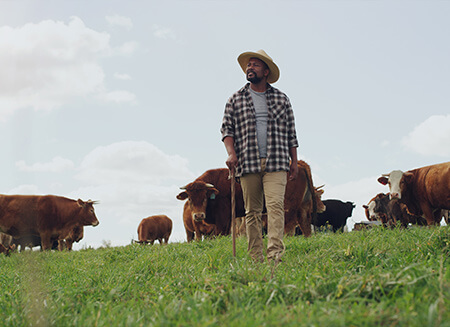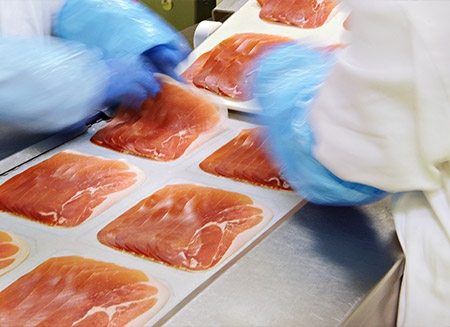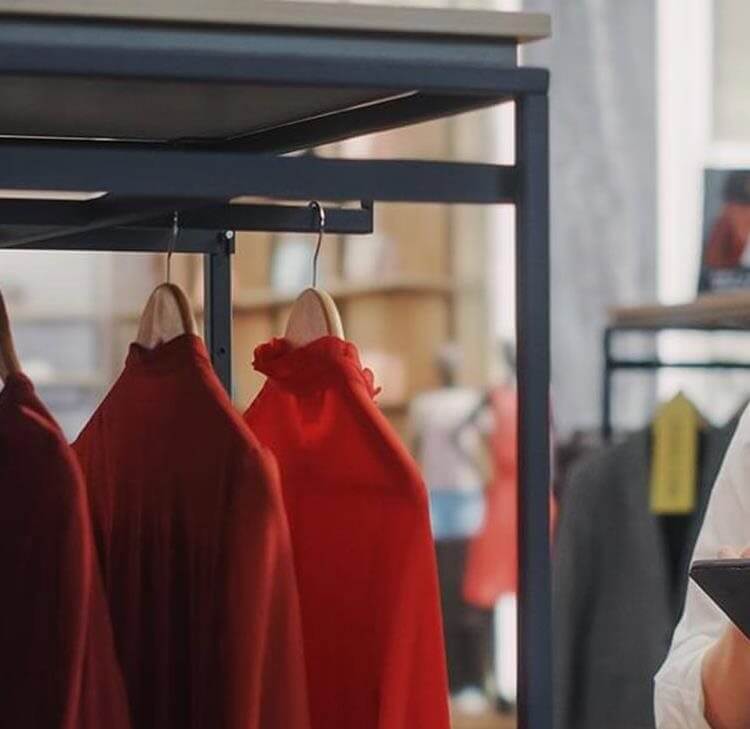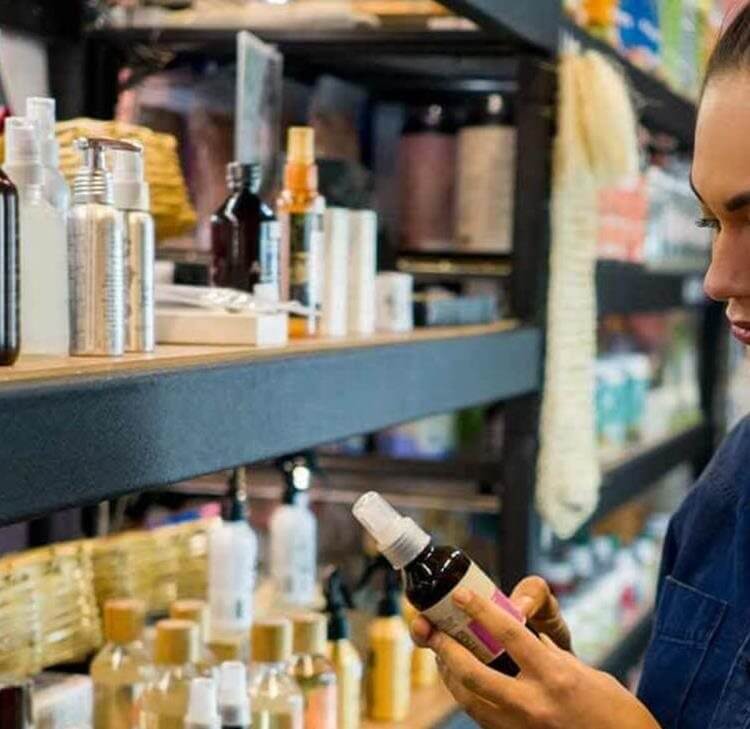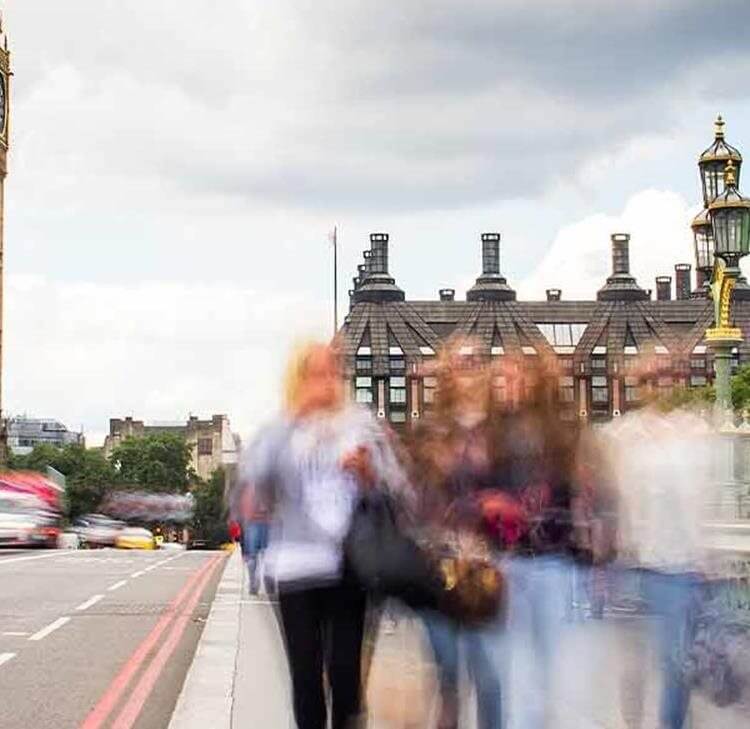In the ever-evolving landscape of advertising, last year marked a significant milestone with Advertising Standards Authority introducing new rules and guidance for alcohol alternative product advertising. The ASA describes alcohol alternatives as non-alcoholic drinks (those at or under 0.5% ABV) that are intended to replace alcoholic drinks in contexts where they would normally be consumed, e.g. non-alcoholic beer.
These changes to ensure that the advertising of alcohol alternative products is conducted responsibly comes in response to the growing market for non-alcoholic and low-alcohol alternatives, reflecting a shift in consumer preferences towards healthier lifestyle choices. It's essential for advertisers, marketers, and legal professionals to grasp their implications to navigate this new terrain effectively.
Failure to comply with existing ASA rules as well as these new rules could lead to ASA investigations, forcing costly and potentially reputation-damaging ad withdrawals or changes. Ads from Ellie Goulding-owned beverage firm Served Drinks were banned for implying that alcohol can overcome boredom “Forget Dry January … Is dry January becoming a little dry? There’s no reason you can’t enjoy a drink without setting you back!". It's crucial for businesses selling both product types to navigate these regulations carefully to avoid penalties.
So, what are some of these new rules and guidance?
ABV Limits: Advertisements for alcohol alternatives must include a prominent statement of their ABV. Footnotes, onscreen text, or the equivalent for audio ads are all unlikely to be sufficiently prominent.
Unsafe Circumstances: advertisements for alcohol alternatives may depict the product in circumstances where consumption of alcoholic drinks would be inappropriate or unsafe if it is clear the product is an alcohol alternative, BUT this allowance does not extend to situations where consumption of alcohol can present other risks, for example in health contexts such as pregnancy.
Excessive Consumption: because of their proximity to alcoholic drinks, ads for alcohol alternatives must be careful not to encourage excessive or otherwise problematic consumption of alcohol. For example, when ads refer to heavy/binge drinking or severe hangovers, in particular implying these are normal.
Under 18s: television adds must not be likely to appeal strongly to people under 18, especially by reflecting or being associated with youth culture or showing adolescent or juvenile behaviour. This approach aligns with the broader objective of promoting responsible consumption and addressing societal concerns related to alcohol use.
Cross-promotion and Shared Branding: to avoid cross-promoting alcoholic drinks in ads for a shared-brand alcohol alternative, advertisers should ensure the focus is always on the alcohol alternative, rather than the brand itself.
Contents
- Dry January 2025: Legal considerations for manufacturers, hospitality and retailers
- Rising demand for low and no alcohol alternatives: UK’s growing market and the challenges ahead
- Dry January and its regulatory implications: A sobering perspective
- Alcohol charity on the “Naughty List” for attempts to trade mark “DRY JANUARY”
- Dry January: Effects on the real estate and hospitality industry
- Considering the growing trends of mindful drinking
- Festive without the spirits: Embracing inclusivity at Christmas and social parties






